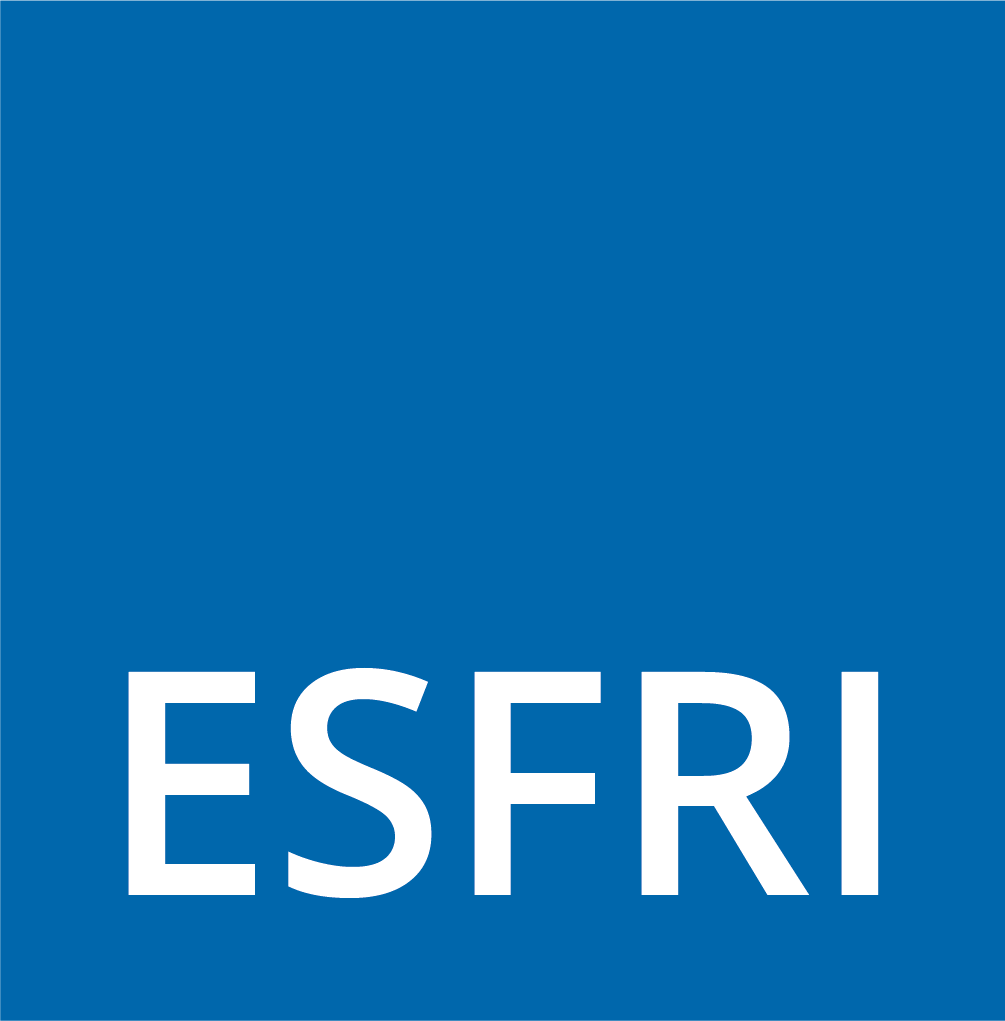Interconnected Services and Capabilities
The Health & Food RI landscape is made up of a vast number of national infrastructures interconnected at different levels. Many of the framework programme Integrating Activities (IA) have provided the foundation and primary integration for more complex RIs, as communities mature and the case for higher integration and connection is refined.
For instance, the ESFRI Landmark INSTRUCT ERIC integrates a series of IA projects of specialised structural technologies and tools, i.e. X ray diffraction, NMR, EM and Mass Spec (Bio-NMR, BioStructX, PrimeX, PCUBE) pushing beyond the horizon of each individual technology. The ESFRI Project EMPHASIS integrates IA projects EPPN and EPPN2020, facilitating access to 31 key plant phenotyping installations, developing novel technologies and methods for environmental and plant measurements, tools for statistical analysis and information systems, and integrating phenotyping facilities and users in the EU and internationally. The combination of research capability and capacity of ESFRI RIs and IAs enhances the landscape and accelerates the transfer of data and technologies into services and innovation.
The Health & Food RIs constitute an advanced level of integration at pan-EU scale, bringing together facilities, services and resources for research, and taking them to a new level of expertise and synergy. ESFRI in its incubator role has enabled the current Health & Food RIs to significantly change the infrastructure landscape: they are in a unique position to offer complementary or sequential processes and services in different fields. This is the model of the ESFRI Landmarks INFRAFRONTIER, INSTRUCT ERIC, EATRIS ERIC and ECRIN ERIC together with EPCTRI, in association with the ESFRI Landmarks BBMRI ERIC and ELIXIR. In early stage drug discovery, the ESFRI Landmarks EU-OPENSCREEN ERIC and INSTRUCT ERIC provide a platform for identifying candidate compound hits for target pipelines; the ESFRI Landmark INFRAFRONTIER provides animal models to test hypotheses preliminary to human testing; the ESFRI Landmarks INSTRUCT ERIC and EATRIS ERIC provide the translational pre-clinical and early clinical research facilities; and the ESFRI Landmark ECRIN ERIC provides the clinical infrastructure for the clinical research on diagnostic and therapeutic procedures and clinical trials of drugs and devices in patients. The Complementary Project EPCTRI, offers a facility to deliver clinical trials involving children with uniform standards across Europe. EPCTRI and the ESFRI Landmark ECRIN ERIC have aligned their efforts at strategic and operational level, for mutual benefit. The H2020-funded project PedCRIN is helping to consolidate these efforts. It is expected that similar integrated service pipelines will be established in other areas of the Health & Food landscape, e.g. marine biotechnology, industrial biotechnology, and sustainable agrifood systems, where the ESFRI Landmark EMBRC ERIC, and the ESFRI Projects AnaEE, EMPHASIS, EU-IBISBA (Industrial Biotechnology Innovation and Synthetic Biology Accelerator), METROFOOD-RI (Infrastructure for promoting Metrology in Food and Nutrition) and MIRRI will play a significant role.
Integrating technologies at different levels of complexity is allowing RIs to tackle problems using a systems approach. The ESFRI Project ISBE is an example of a RI with a role in integrating life sciences technologies, data and services between the Health & Food RIs, with complementarities with ESFRI Landmarks and Projects, like the ESFRI Landmark ELIXIR. An example of integration of services at thematic level can be that for diagnosing rare diseases, as critical amount of data is gathered and shared from different countries in Europe that otherwise would not be available. Meta- or global infrastructures with a thematic and/or a technological focus are key elements of the landscape.




